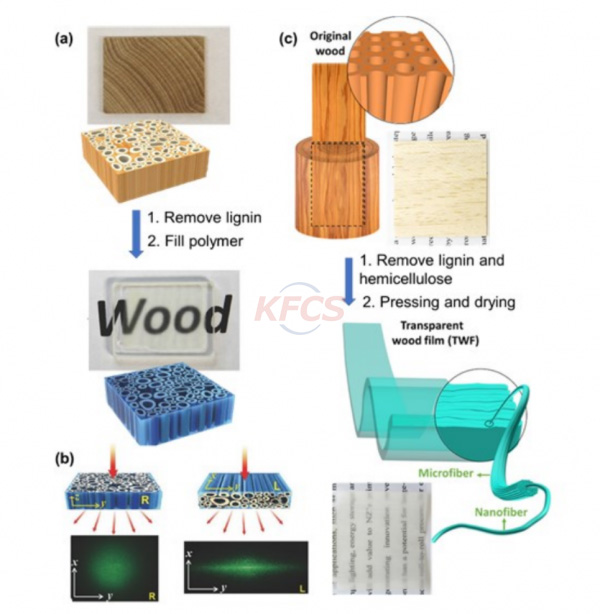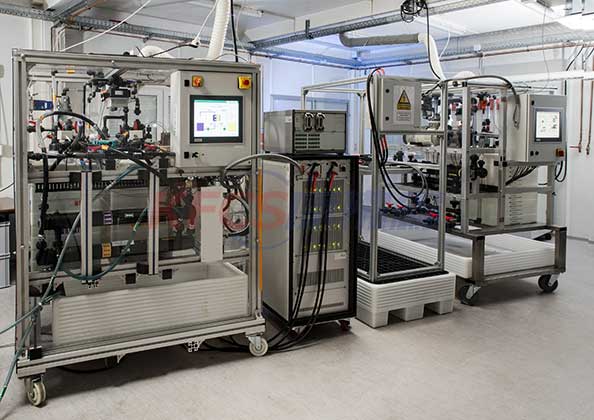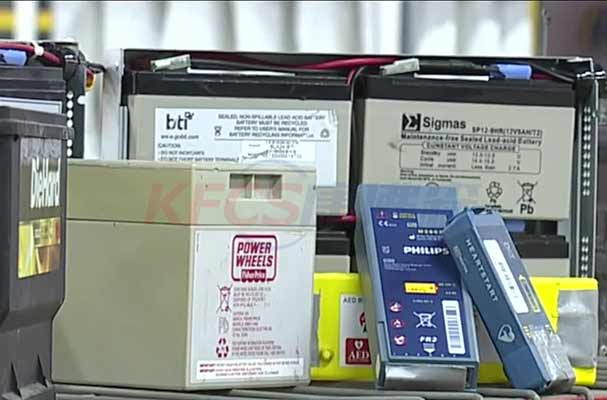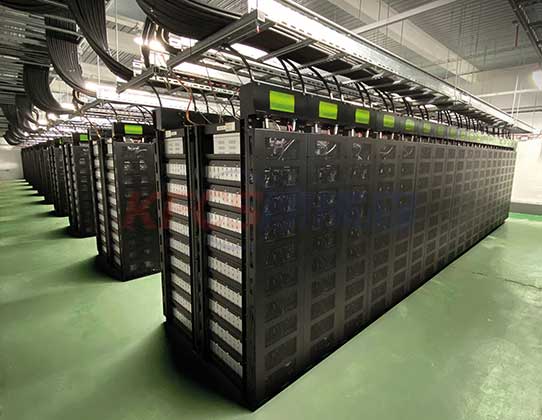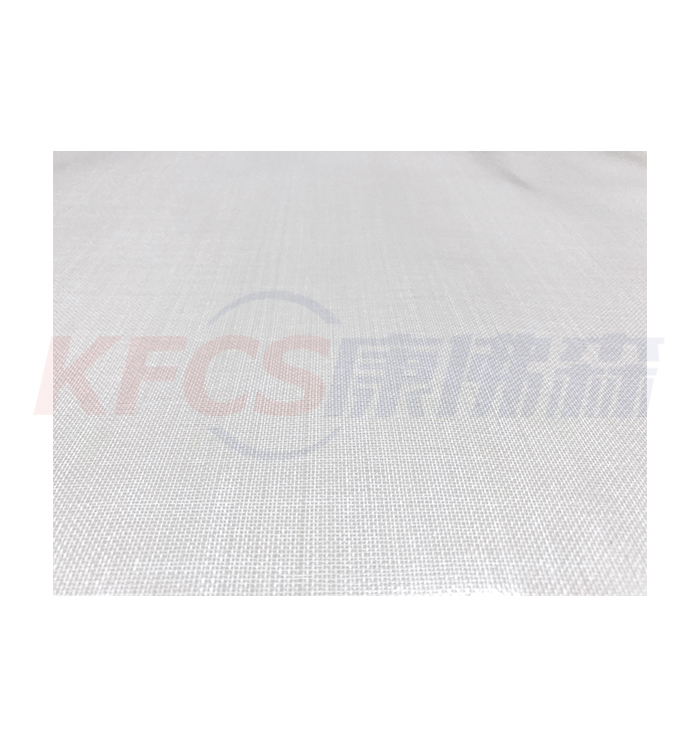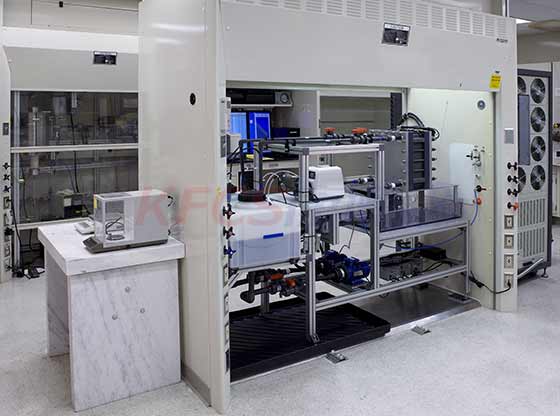Manufacture solar cells and glass from 1 billion tons of biomass waste
2022-02-24
A digital, urbanized world consumes a lot of raw materials that can hardly be called environmentally friendly materials.
A promising solution may find a steady stream of renewable raw materials, according to a study published in the journal Advanced Materials.
In their paper, the international team of researchers took a closer look at how lignocellulose (or plant biomass) could be used in optical applications, potentially replacing commonly used materials such as sand and plastic.
"We wanted to paint as comprehensive a picture as possible of how lignocellulose can replace currently widely used non-renewable resources such as smart devices or solar cells," said Jaana Vapaavuori, Assistant Professor of Functional Materials at Aalto University.
Lignocellulose, including cellulose, hemicellulose, and lignin, is present in nearly every plant on Earth. When scientists break it down into very small components and put them back together, they can create entirely new, usable materials.
In their extensive search for the field, the researchers evaluated various fabrication processes and properties required for optical applications, such as transparency, reflectivity, UV filtering, and structural color. By combining the properties of lignocellulose, we can create photosensitive surfaces for windows or materials that react to certain chemicals, vapors.
Vapaavuori explained, "We can even make UV protectants that absorb radiation, like sunscreens. We can actually add functionality to lignocellulose and customize it more easily than glass."
For example, says Kati miiettunen, professor of materials engineering at the University of Turku, "If we can replace the glass in solar cells with lignocellulose, we can increase light absorption and achieve better operating efficiency."
With forest biomass already in high demand and a huge carbon sink vital to the health of the planet, as a source of lignocellulose, researchers have turned their attention to what's not being used: annual industrial and agricultural production of more than 1 billion tons of biomass waste.
Vapaavuori stressed that lignocellulosic residues from other industries have great potential for development. For now, researchers are still working on bio-based materials and creating prototypes. For example, at Aalto University, scientists have developed lightweight fibers and light-sensitive fabrics.
Vapaavuori said: "The leap to scale and commercialization can be achieved in two ways. We either create new uses for biowaste through government regulations, or through research that brings such cool demonstrations and breakthroughs that drive awareness of renewables The need for alternatives for optical applications. We believe that we need both political direction and solid research. A major obstacle to the development and commercialization of lignocellulose innovations is the cost of their manufacture. As early as the early 2000s, attention began to Nanocellulose, but only now has its energy consumption and production costs dropped enough to use it for industrial use. Another ongoing challenge lies in a simple but basic processing ingredient: water. Cellulose loves water.” Vapaavuori "In order to use it for optical applications, we need to find a way to make it stable in wet conditions."
About News
- China will become one of the largest markets in the battery recycling industry
- Power battery recycling will help alleviate the demand for metal resources
- Vanadium battery energy storage system (4MW class)
- Korean liquefied petroleum gas company enters the rapid charging market of all vanadium flow battery
- The Smart Battery Management System
- New South Wales plans to deploy 700MW/1400MWh battery energy storage projects
- Operation of all vanadium flow battery energy storage system project
- Lithium battery recycling: accelerating the construction of industrial chain recycling integration
- Vanadium battery market and application
- 500MW! Sweden's OX2 acquires Greek wind and solar projects
Products


